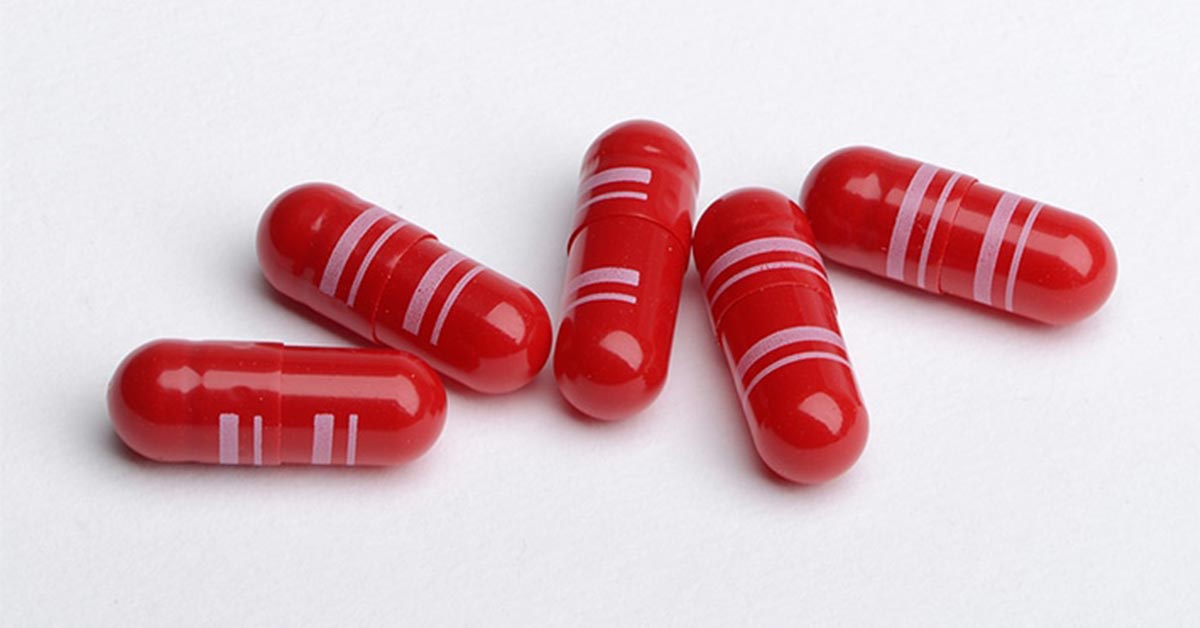Although the name may be reminiscent of a region in northern Italy, Palforzia is an oral immunotherapy (OIT) candidate that has become the first FDA approved treatment for food allergy. Here is an FAQ describing what it is, what it treats, how it is used, and how it sets the stage for other food allergy treatments.
What is Palforzia?
Palforzia is the brand name of an oral immunotherapy (OIT) that has received US Food and Drug Administration (FDA) approval to be marketed in the United States. The drug was formerly known as AR101 while it was being developed and undergoing clinical trials.
Who is Palforzia intended to treat?
Palforzia is intended to treat children ages 4 to 17 that have been diagnosed with a peanut allergy. It is estimated that 2.2% of children in the US are allergic to peanuts.
Is Palforzia a cure for peanut allergy?
No. Palforzia is designed to reduce the frequency and severity of allergic reactions for those suffering with peanut allergy who may accidentally be exposed to peanuts.
How does Palforzia work?
Palforzia works like other oral immunotherapies: patients ingest controlled, increasing amounts of the drug over a period of time. The result is that the patient’s immune system tolerates a larger amount of peanut before reacting.
What is the active ingredient in Palforzia?
Palforzia is a powder that contains a precise dose of peanut flour.
Isn’t peanut flour already used by allergists for peanut OIT? How is Palforzia different?
Allergists that currently offer peanut OIT either produce the peanut flour in their own labs or purchase it from third-parties that formulate the doses for them.
Aimmune Therapeutics, the company that has developed and tested Palforzia, describes their drug as a standardized, pharmaceutical-grade product that employs Good Manufacturing Processes (GMP). GMP ensures the product is consistently produced and controlled according to industry-recognized quality standards. This means that all allergists that choose to administer the therapy will be using the identical formulation.
How is Palforzia administered?
Palforzia is provided in capsule form that contains the active ingredient. The patient pulls the capsule apart and spreads the contents on food.
How long does treatment last?
After the dose escalation period which lasts six months or longer, the patient continues to take a daily therapeutic dose to maintain desensitization.
How effective is Palforzia?
Aimmune’s Phase 3 PALISADE trial of the drug in 554 patients aged 4-17 produced the following top-line results:
- 67.2% tolerated a 600mg dose of peanut protein in the exit food challenge, compared to 4.0% of placebo patients;
- 50.3% tolerated a 1000mg dose of peanut protein in the exit food challenge, compared to 2.4% of placebo patients;
- Of the 79.6% of those that completed the trial, 96.3% tolerated a 300-mg dose of peanut protein in the exit food challenge, 84.5% tolerated a 600-mg dose, and 63.2% tolerated a 1000-mg dose.
Are there side effects associated with Palforzia treatment?
Yes. During the PALISADE trial, 14.5% experienced systemic hypersensitivity reactions compared with 3.2% of placebo patients. Aimmune claims that of those that experienced reactions, 98.2% were classified as “mild” or “moderate” and included nausea, itchiness in the throat, and vomiting.
The research showed an almost tripling of the risk of an anaphylactic reaction (9.4%) during the time the patient is building tolerance to reach the maintenance dose compared with placebo (3.8%).
What is the current status of Palforzia?
Palforzia has completed Phase 3 clinical trials in preparation for both US and European approval by their respective regulatory agencies and was approved by the FDA on January 31, 2020.
Last year, the FDA’s Allergenic Products Advisory Committee held an open session to discuss and make recommendations on the safety and efficacy of Palforzia, and the committee voted 7-2 to approve the drug.
Should my child begin therapy with Palforzia once it is approved?
That largely depends on how your child has fared with strict avoidance of peanuts. This is a conversation you should have with a board-certified allergist who can work with you to determine whether the benefits of treatment with Palforzia outweigh the costs and risks of side effects associated with the therapy.
Why is the introduction of Palforzia important?
Palforzia is the first immunotherapy candidate that has undergone the full body of clinical trials necessary for the drug to be considered for approval. Aside from potentially protecting children from life-threatening reactions, it provides a foundation for further study of the benefits of OIT so that the long-term implications can better be understood.
Is Palforzia the only treatment being considered for approval by the FDA for food allergy?
No. DBV Technologies resubmitted a BLA for their Viaskin Peanut therapy this August. Viaskin Peanut is an immunotherapy “patch” that desensitizes the immune system by introducing small amounts of peanut allergen via the skin rather than orally.
Is Aimmune Therapeutics working on other food allergy therapies?
Yes, the company has just begun enrolling patients for a Phase 2 clinical trial of AR201 — a therapeutic candidate for egg allergy —and is working on an as yet unnamed therapy for allergy to tree nuts.
- AR101 for Peanut Allergy — Aimmune Therapeutics
- Development Pipeline — Aimmune Therapeutics
- Aimmune Therapeutics’ Pivotal Phase 3 PALISADE Trial of AR101 Meets Primary Endpoint in Patients With Peanut Allergy — Aimmune Press Release
- FDA Committee Recommends Approval For New Peanut Allergy Treatment — National Public Radio
- For Children With Peanut Allergies, F.D.A. Experts Recommend a New Treatment — New York Times






